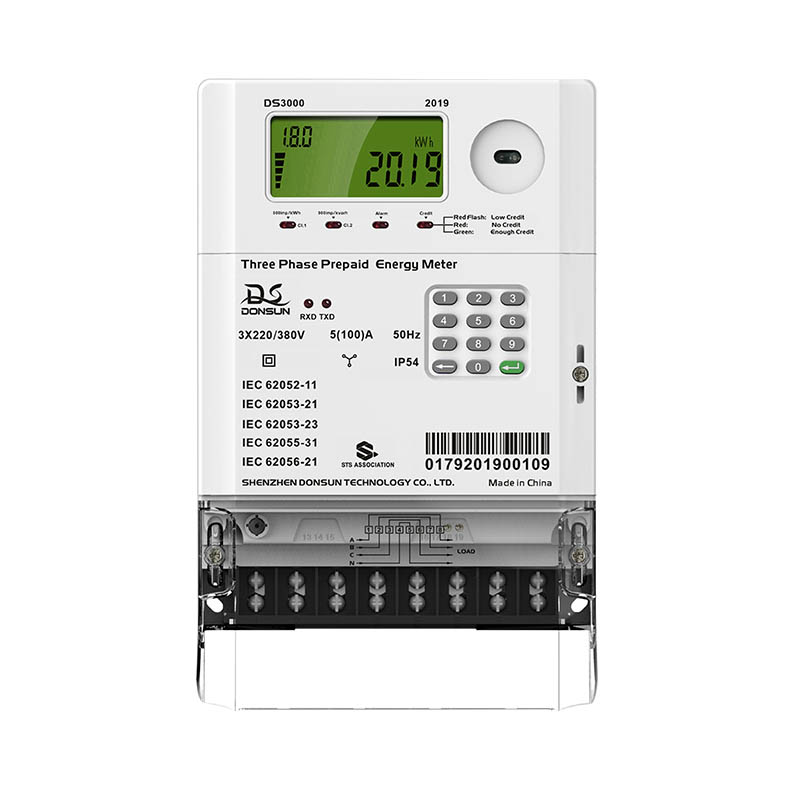Unveiling the Advantages: GPRS for Real-Time Data Transmission in Energy Monitoring
2023-12-12
Introduction:
In the realm of energy monitoring, the quest for real-time insights has spurred the adoption of advanced technologies. Among these, General Packet Radio Service (GPRS) has emerged as a game-changer, offering a robust solution for real-time data transmission in energy monitoring applications. This blog will delve into the benefits that GPRS brings to the table, revolutionizing the way we gather and analyze data in the pursuit of efficient energy management.
1. Instantaneous Data Availability:
GPRS facilitates real-time data transmission, ensuring that energy consumption data is available instantaneously. Unlike traditional methods that rely on manual readings or periodic updates, GPRS-enabled energy monitoring applications provide stakeholders with up-to-the-minute information. This immediate availability empowers decision-makers to respond promptly to changing consumption patterns.
2. Continuous Monitoring and Analysis:
Real-time data transmission via GPRS enables continuous monitoring and analysis of energy consumption. The seamless flow of data allows for ongoing assessment of usage patterns, load variations, and potential anomalies. This continuous monitoring is crucial for identifying trends, optimizing operations, and implementing energy-saving strategies in a dynamic and responsive manner.
3. Proactive Anomaly Detection:
GPRS technology supports the swift detection of anomalies in energy consumption patterns. Real-time data transmission allows for immediate analysis, enabling the system to generate alerts or notifications when irregularities are detected. Proactive anomaly detection ensures that issues such as equipment malfunctions or sudden spikes in usage are addressed promptly, minimizing the impact on operations.
4. Remote Access to Data:
With GPRS, stakeholders can remotely access energy consumption data from any location with an internet connection. This remote accessibility is particularly valuable for decision-makers who may need to monitor multiple facilities or locations. It provides the flexibility to stay informed and make decisions without being physically present at the monitored site.
5. Improved Decision-Making:
Real-time data transmission through GPRS enhances decision-making processes. Decision-makers can base their judgments on current and accurate information, leading to more informed and effective strategies for energy management. This improved decision-making contributes to overall operational efficiency and resource optimization.
6. Swift Response to Changes:
Changes in energy consumption can occur rapidly, especially in dynamic environments. GPRS-enabled applications facilitate a swift response to these changes. Whether it's adjusting equipment schedules, implementing load-shedding measures, or optimizing energy usage, the ability to respond promptly contributes to enhanced energy efficiency and cost savings.
7. Cost-Efficient Data Transmission:
GPRS operates on a packet-switched network, optimizing the efficiency of data transmission. This cost-efficient approach is particularly advantageous for energy monitoring applications that involve the periodic transmission of smaller data packets. It ensures that data is transmitted reliably without unnecessary overhead, contributing to economical and sustainable operations.
8. Enhanced Scalability:
Real-time data transmission through GPRS enhances the scalability of energy monitoring systems. The technology can accommodate the integration of a large number of monitored points into a centralized platform. This scalability is crucial for applications ranging from individual homes to extensive industrial complexes, allowing for the expansion of the system to meet evolving needs.
Conclusion:
In conclusion, the benefits of using GPRS for real-time data transmission in energy monitoring applications are manifold. From instantaneous data availability and continuous monitoring to proactive anomaly detection and cost-efficient transmission, GPRS technology stands as a catalyst for more effective and responsive energy management. As industries and communities strive for sustainability and efficiency, the adoption of GPRS in energy monitoring represents a significant leap forward in harnessing the power of real-time data for informed decision-making and optimized resource utilization.



